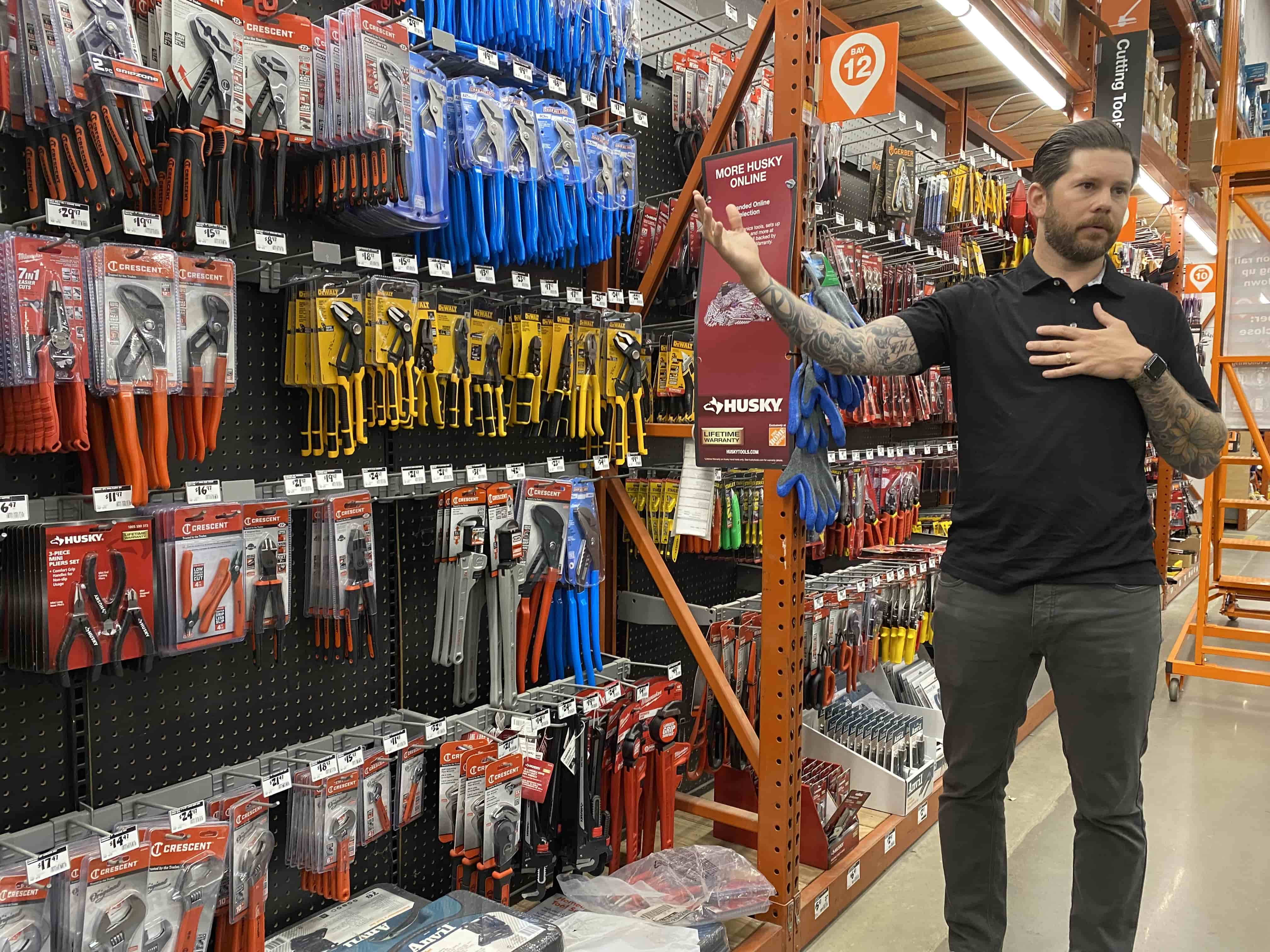We can’t stress it enough: breaking into big box retail comes with a learning curve, even for the most growth-oriented businesses. Giants like Walmart, Home Depot, Lowe’s, and Menards will have a different purchasing structure than the little guys, not to mention a list of rigid expectations for their vendors. It’s also worth noting that each major retailer has its own unique goals and values – Menards for example is notoriously price-driven.
If you’re ready to scale up and approach a high-volume retailer, follow this roadmap for success:1. Understand your category fully.
Unlike small- and mid-sized retailers, Lowe’s and Home Depot don’t make purchasing decisions at the regional level. This means that a senior merchant who is responsible for the entire national chain will count on your brand to know everything there is to know about your target consumer, including the factors that impact their shopping behaviors.
It’s a tall order, but once you get to know your merchant’s goals for growth, you can identify mutually beneficial opportunities. The only way to accomplish this is to know your product category better than your buyer - and especially better than your competition.
Invest in consumer research. Spend time walking the stores in your region to ensure that you’re fully immersed in your prospective retailer’s vision for your category. Noticing what other brands have left on the table is the first step in solving a consumer problem that hasn’t been addressed yet.

2. Solve consumer problems better than anyone.
Levy the consumer and category research you conducted in step one to identify actionable solutions. What can you offer your prime prospect that isn’t currently being offered? What is already being done that can be done better?
An important (and often overlooked) aspect of innovation is that it doesn’t necessarily mean invention.
While it’s great to approach a merchant with a brand new product, sometimes the best way to address a consumer need is by filling a gap in the price progression of competing products. These days, you may solve your prime prospect’s problem just by staying in stock on your merchant’s shelves.
3. Present your insights to your merchant.
The bar is high for merchant meetings with big box retailers. You’ll be expected to fully explain your insights into the consumer’s problem and how you plan to position your product as the solution.
Your merchant will be looking for a solid body of data and fact-based projections. This is your opportunity to demonstrate that you’ve researched their goals and objectives and are prepared to be an active partner.

4. Quantify it.
At the end of the day, know that your buyer is numbers-driven. You may do a beautiful job of proving a consumer need and showcasing the merits of your product, but it will all be in vain if you can’t convince your merchant that stocking your brand will be profitable.
Lean into the numbers. If you can demonstrate that consumers are leaving retail locations empty-handed because their needs are unmet, your merchant is more likely to be receptive to your pitch.
5. Prove you can deliver.
Now that you’ve shown that there is a clear gap in your product category, it’s time to prove that your company can fill it.
Selling big box is an enormous production lift. Your merchant will want to know about your operations and strategy for scaling, and they need to feel comfortable with your ability to handle the volume. Missing, late, and damaged shipments are bad for everyone’s reputation. Fail to meet expectations, and your business could face fines.
 Come in with a solid plan and anticipate potential questions with data-based answers. Build this trust, and your merchant will begin to see you as a partner and a valuable source of industry insights.
Come in with a solid plan and anticipate potential questions with data-based answers. Build this trust, and your merchant will begin to see you as a partner and a valuable source of industry insights.

